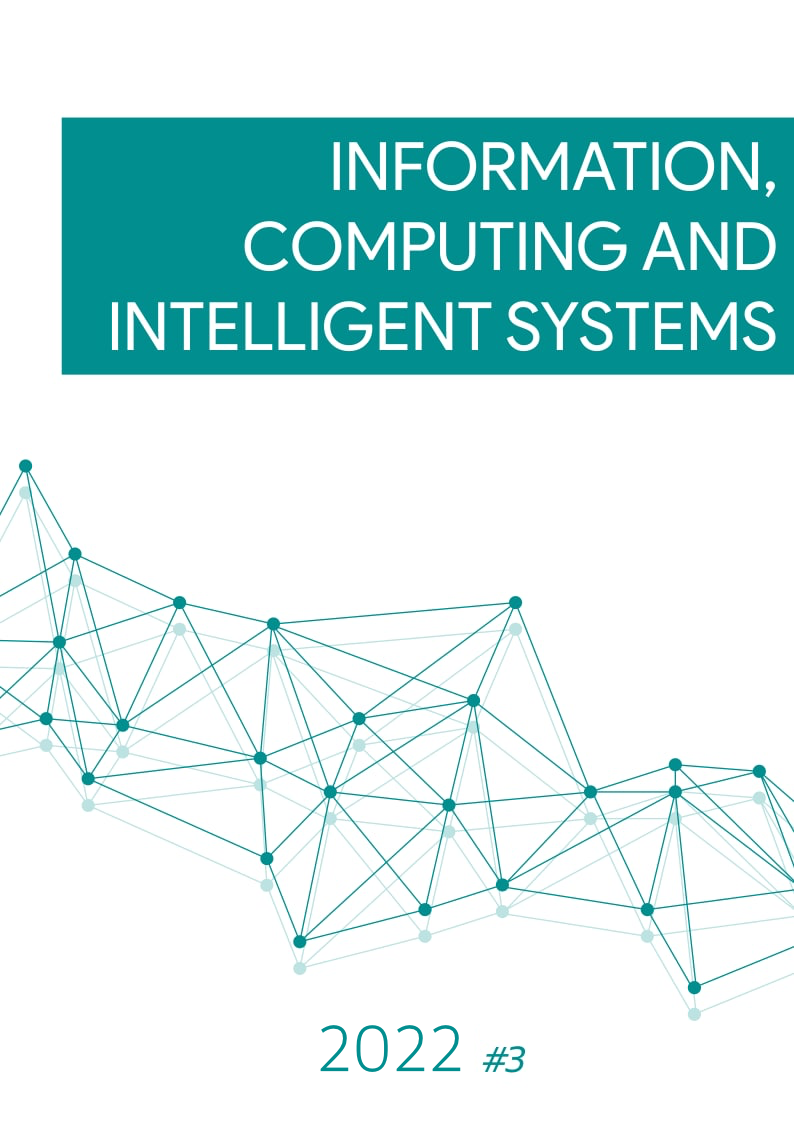ORGANIZATION OF PROTECTED FILTERING OF IMAGES IN CLOUDS
DOI:
https://doi.org/10.20535/2708-4930.3.2022.269132Keywords:
Arithmetic mean filtration, images processing, homomorphic encryption, secure clouds computing.Abstract
The object of research is the processes of homomorphic encryption of images for their protected arithmetic mean filtering in clouds.
The purpose of the work is to increase the efficiency of secure image processing in the clouds, in particular, their arithmetic mean filtering on remote computer systems by increasing the level of security.
The article proposes an approach to using cloud technologies to accelerate the filtering of image streams while ensuring their protection during processing on remote computer systems. Homomorphic encryption of images during their remote filtering is proposed to be carried out by shuffling rows of pixel matrices.
This approach is specified in the form of a method of homomorphic encryption of images to protect against their illegal reconstruction during arithmetic mean filtering on remote computer systems, which is distinguished by the fact that the main element of protection is the shuffling of image pixel matrix rows. The shuffling order can change randomly and serves as a secret key for homomorphic encryption of images. Within the framework of the developed method, procedures for partial arithmetic mean filtering, which is carried out on remote systems, as well as procedures for the final stage of filtering, which is carried out on a terminal platform that performs processing and analysis of a real image, are defined. The developed method of protected filtering based on shuffling the rows of the pixel matrix allows, due to the use of remote computing power, to speed up this operation by 1-2 orders of magnitude, which practically coincides with the similar indicator of the fastest-acting variant of image protection based on additive masking.
The main advantage of the developed method is a much higher level of protection against attempts, using statistical analysis, to gain illegal access to images during their processing on remote computer systems not controlled by the user.
The proposed method can be used to speed up the processing and analysis of images by terminal devices of computer systems for remote monitoring of the state of real-world objects and their management.




